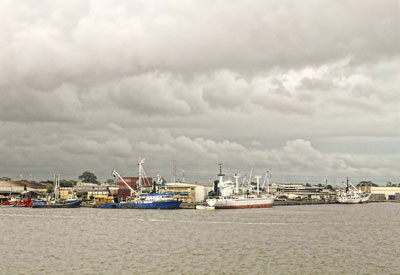Geography of Iran: Important Geographical Information about Iran
In this Country Profile
The mountains of Iran have shaped both the political and the economic history of the country for several centuries. One of the world’s most mountainous countries, Iran consists mainly of mountain ranges encircling a high central plateau. The main mountain chain is the Zagros Mountains. Many peaks in the Zagros exceed 3,000 meters above sea level. The narrow but high Alborz Mountains represent another important Iranian mountain range. Volcanic Mount Damavand (5 671 m), located in the center of the Alborz, is the country’s highest peak.
Iran consists mainly of mountain ranges encircling a high central plateau: Plateau of Iran. The average elevation of this plateau is about 900 meters. The eastern part of the plateau is covered by two salt deserts, the Dasht-e Kavir (Great Salt Desert) and the Dasht-e Lut which occupy most of the region northeast and east of the barren central plain. Iran has only two expanses of lowlands: the Khuzestan Plain (much covered with marshes) in the southwest and the Caspian Sea coastal plain (longer and narrower) in the north.
There are no major rivers in the country. Most rivers originate from the mountains and drain into the interior basins. Lake Urmia, which is salty and shallow, is the country’s largest lake.

Sorry, the comment form is closed at this time.